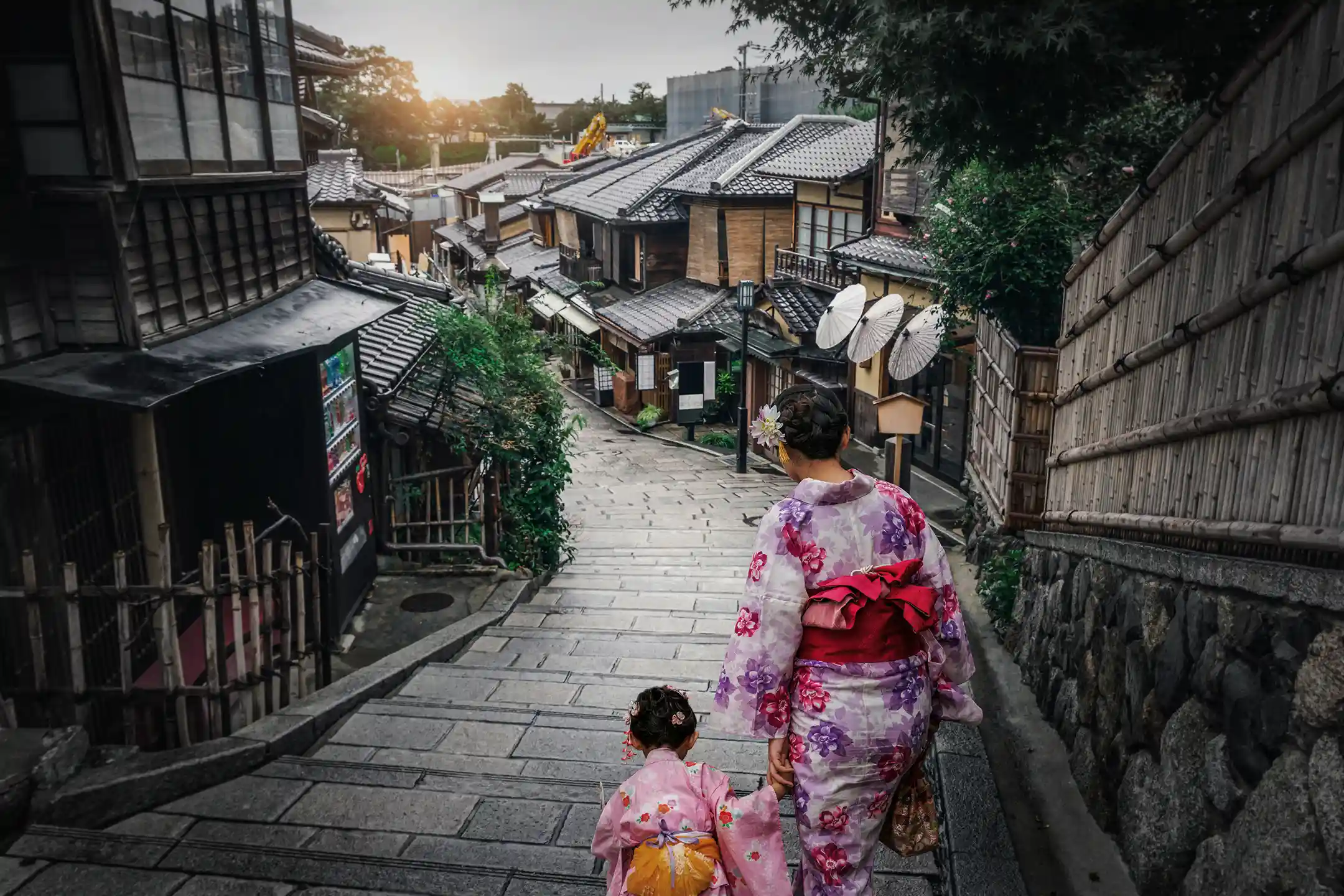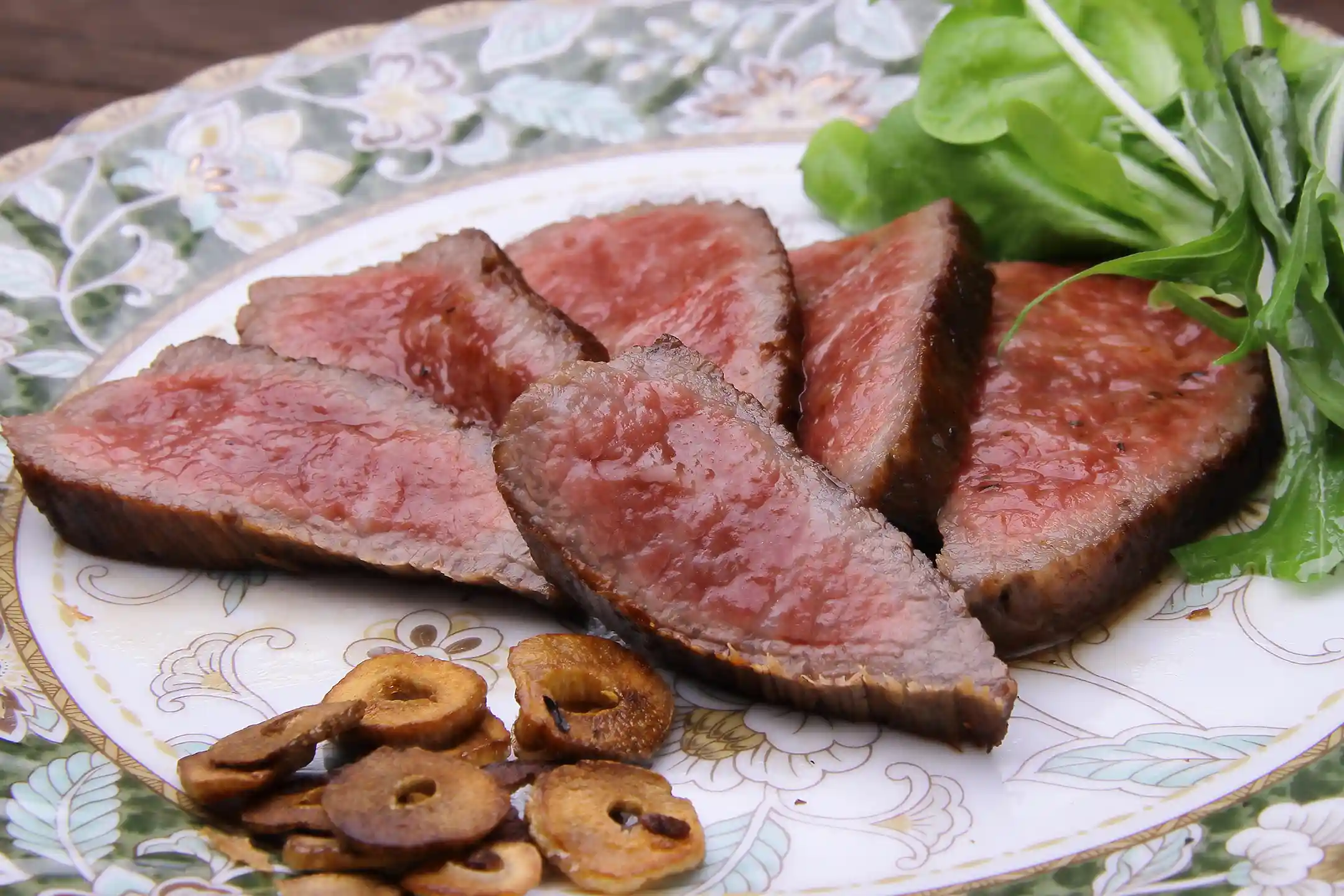Japan’s high‑end washoku cuisine occupies a singular place in the global fine‑dining scene. Each course delicately reflects the beauty of the four seasons, while nurturing a spirit in which both host and guest respect one another. From your Western vantage point, the emphasis on harmony with nature and quiet mutual regard may feel refreshingly unfamiliar. Yet Japanese people themselves continue to evolve these traditions, weaving in new ideas rather than freezing them in time.
In this article, you and I will journey through the historical context, craftsmanship, local ingredients, and cultural experiences that unlock deeper understanding of Japan’s unique fine‑dining world. By discovering how serene aesthetics and seasonal reverence emerged—and are still being handed down—you’ll update any one‑sided images you might hold.
What Defines High‑End Washoku?—Core Features and Global Accolades—
The Aesthetics of Seasons and Ingredients
What truly matters in luxury washoku is the shifting of the seasons and the pure flavors of each ingredient. Spring brings bamboo shoots and cherry‑bream; summer offers hamo (pike conger); fall celebrates matsutake mushrooms; winter features fugu. These fleeting “shun” moments are treated as precious experiences (*1).
Seasonal motifs also appear in plates and presentation—perhaps a real leaf laid beside the food—turning every dish into a vignette of Japanese sensibility. This devotion to time and space elevates “the pleasure of looking” to extraordinary heights, even within the world’s richest gourmet cultures.
Cooking techniques focus on revealing, not masking, natural taste. A subtle dashi made from kombu and katsuobushi forms the backbone, achieving both simplicity and depth (*2). Such qualities earned “Washoku: Traditional Dietary Cultures of the Japanese” recognition as a UNESCO Intangible Cultural Heritage in 2013 (*2).
Still, it helps to remember that Japan is not a single mold; regional climates and histories shape remarkably diverse forms of washoku, giving the cuisine a depth that goes far beyond generic “Japaneseness.”

Artisanal Skill and Omotenashi That Elevate Global Standing
Masterful technique and the spirit of omotenashi are equally magnetic. Top‑tier kaiseki cuisine tests a chef’s lifetime of knife work, preparation, and dish selection (*1). Even the angle of a sashimi cut changes texture and aroma—details that often surprise first‑time Western diners.
Omotenashi, shared with tea ceremony and ryokan culture, seeks your comfort while rarely drawing attention to itself. Although service excellence also thrives in the West, Japan’s understated yet thorough balance feels distinct.
Crucially, over‑romanticizing these practices as mystical “ancient traditions” can mislead. By learning the historical and everyday contexts, you’ll recognize omotenashi not as an otherworldly ritual but as a relatable gesture of care (*3).
The New Luxury of Fancy Japanese Food
Premium Ingredients and Daring Presentation
In recent years, restaurants blending tradition with innovation—collectively dubbed “Fancy Japanese Food”—have burst onto the scene, pairing wagyū, uni, or caviar to craft unheard‑of flavor worlds (*4). Globalization plays a role, yet many chefs also aim to dismantle the notion that “Japanese cuisine never changes.”
Plating borders on fine art: vibrant colors, delicate flowers, and herbs create visual drama that resonates with Western ideas of luxury, winning top spots in international rankings.
Of course, some voices in Japan argue these avant‑garde touches stray from “real” culture. But remembering that culture is always in flux lets you appreciate today’s dining landscape as a coexistence of old and new.

Spaces That Embody an Elevated Lifestyle
The venues offering Fancy Japanese Food likewise fuse classic and cutting‑edge design. Compare the hushed serenity of a centuries‑old Kyoto ryōtei with the theatrical lighting of a sleek urban restaurant—two distinct experiences engineered for the same sense of “quality time” (*5).
Still, rather than consuming a Japanese garden or wooden architecture as mere décor, try asking: “How did Kyoto’s aesthetic ideals form?” or “What cultural narratives does this modern space reinterpret?” Such questions help you grasp East–West design differences in three dimensions.
The Allure of Japan Fine Dining—Experiencing Tradition and Innovation Centered on Kaiseki Kyoto—
Honoring heritage while welcoming fresh sensibilities, Japan’s fine‑dining epicenter is “Kaiseki Kyoto.” Although international media often spotlight Kyoto’s “exotic charm,” the city’s culinary excellence actually blooms from centuries of everyday life and local history.
Given today’s tourism boom, Kyoto’s heritage sometimes gets packaged as a distant curiosity. When you visit, take a moment to reflect on each restaurant’s unique story. You’ll soon realize that tradition isn’t merely ancient; it is alive, evolving alongside people’s lives.
Kaiseki Kyoto—Unlocking the Depth of Kaiseki Cuisine—
Historical Roots: From Kaiseki to KaiseKi
The word “kaisekiryōri” shares the same pronunciation as tea‑ceremony “kaiseki” yet follows a different path. During the Muromachi period, it merged influences from tea kaiseki and samurai banquets, eventually developing as sake‑paired cuisine in mid‑Edo times (*1).
These branches arose not only from class structure or religion but also from contrasting lifestyles—some prized casual enjoyment, others quiet spirituality. Just as Western banquets grew around wine‑driven conversation, Japanese dining often refined “savoring modest portions.” Exploring the split between kaiseki and kaiseKi is a fascinating window into East–West dining values.

Bond with Tea Ceremony and the Heart of Hospitality
Tea‑ceremony kaiseki emphasizes a shared creation of the moment between guest and host (*2). While Western parties invite guests to enliven the atmosphere, Japanese settings often treasure unspoken empathy and subtle gestures. If that strikes you as passive, stepping into a real tearoom may reveal silent moments where hosts care for you without words. Understanding the ordinary lives behind this mindset lets you enjoy it more deeply.

Artistic Fusion with Architecture and Gardens
A ryōtei’s sukiya architecture and manicured garden are vital parts of the experience. Shōji screens, tatami floors, and hanging scrolls might appear as tranquil backdrops, yet each element frames light, moss, or calligraphy to evoke seasons (*3). Western architecture also “frames landscapes,” but Japan accentuates temporal shifts through narrow views and filtered light. Recognizing these choices as practical wisdom—rather than mere Oriental flair—adds extra fascination.
Japan Fine Dining Nationwide—Cutting‑Edge Washoku Rooted in Place—
Fusing Local Ingredients with Time‑Honored Techniques
Kyoto’s culinary blossom spread along Japan’s long archipelago, blending with diverse climates and traditions. Because sea, mountain, and village lie close together, every region enjoys abundant seasonal variety (*4). Chefs might pair Hokkaidō seafood or Kyūshū vegetables with French or Italian accents, challenging the idea that “tradition forbids mixing.”
In fact, Japanese food culture has always absorbed external influences. When regional history and craftsmanship meet this “cross‑pollination,” a dish gains a unique identity (*5).
Art‑Level Collaboration with Craftspeople and Digital Creators
Another hallmark is the drive to create holistic “works” by teaming up with artisans of ceramics, interiors, or digital art. While Japanese craftsmen are famed for lifelong discipline, many now embrace contemporary art and technology. At “MoonFlower Sagaya Ginza,” plates trigger sensors that project seasonal blossoms across the room, turning the meal into interactive digital art (*6).
Instead of viewing yourself as an outside tourist, listen to the shared stories that chefs and artists cultivate in the same cultural soil. Eating itself becomes a rich cultural exchange.
Learning Washoku More Deeply—Education and Cultural Experiences—
Cooking Classes and Workshops
Washoku—built on ichijū sansai and harmony with nature—tops the wish list of 80 percent of visitors (*1)(*2). Merely tasting it, though, barely scratches the surface. When you slice ingredients yourself or draw dashi, the depth of technique becomes tangible (*3).
Just as you might share family recipes at home, Japanese households embrace their own regional twists. Many cooking schools now offer English support and multi‑language recipes so you can recreate dishes after you return.
Discovering Wagashi and Fermentation Culture
Wagashi workshops let you craft seasonal motifs like cherry blossoms from sweet bean paste. Western sweets often highlight butter or chocolate richness, whereas wagashi values texture, color, and the poetry of the seasons—expressing “invisible hints of nature” through design.
Fermented icons such as sake and miso also underpin washoku. Brewery tours reveal microbes at work and the age‑old use of wooden barrels, teaching you to “understand culture through aroma.” Japan’s fermentation techniques embody not only craft but a philosophy of partnering with nature.

Guided Museum Tours and Background Stories
Near Kyoto Station, the “Kyoto Culinary Museum Ajikura” displays models of local cuisine and hosts chef‑led workshops. Guided tours explain not only cooking methods but also “why this ingredient suits this season” or “how Kyoto’s soil nurtured specific vegetables” (*4).
Pride in local produce mirrors that of farming regions worldwide. Recognizing this shared gratitude helps you see “Japaneseness” in a broader context.
Don’t miss brewery museums such as the Gekkeikan Ōkura Memorial Hall in Fushimi (*5) or the Kado‑chō Soy Sauce Museum in Wakayama’s Yuasa Town (*6). Inside, the aromas reveal how microbes and humans co‑create flavor. Ask artisans questions and you’ll hear how slight shifts in temperature or humidity alter the brew—embodying Japan’s acceptance of natural chance.
Conclusion—Deepening Culture and Discovery through Japan Fine Dining—

Japanese fine dining weaves seasons, landscapes, history, and artistry into a multilayered cultural experience—far beyond serving expensive dishes. “Kaiseki Kyoto,” entwined with tea‑ceremony spirit, garden aesthetics, and sukiya architecture, invites all your senses—and your empathy—into play.
Simultaneously, innovative trends like Fancy Japanese Food spotlight daring ingredient pairings and digital‑art collaborations, making the coexistence of tradition and innovation more vivid than ever.
Across the country, regional terroir meets craftsmanship in creative washoku, while partnerships with artists turn dining rooms into learning spaces. Cooking classes, fermentation workshops, and museum visits offer educational angles rarely matched elsewhere.The more experiences you gather, the clearer it becomes: beneath Japanese culture lies harmony with nature, care for others, and a readiness to embrace the new.
Tasting Japan Fine Dining is therefore a journey into culture itself. By comparing your own values with Japan’s sensibilities, you’ll uncover surprising commonalities and fresh perspectives. So, listen to the stories behind each dish and venue, and dive wholeheartedly into Japan’s layered world where tradition and innovation intertwine.
Author Bio

Natsumi Ikeshita
Experienced in B2B SaaS marketing and “omotenashi,” Natsumi directs media operations with a focus on hospitality and cultural storytelling. Her global experience and marketing skills bring fresh value to Bespoke Discovery’s content.




.webp)
.webp)